 Meet Amanda English, winner of ACTE’s national Teacher of the Year award. English’s interview appears as part of a spotlight series on our 2021 national award winners and finalists. This award recognizes career and technical education (CTE) teachers at the middle/secondary school level who demonstrate innovation in the classroom, commitment to their students and dedication to the improvement of CTE in their institutions and communities.
Meet Amanda English, winner of ACTE’s national Teacher of the Year award. English’s interview appears as part of a spotlight series on our 2021 national award winners and finalists. This award recognizes career and technical education (CTE) teachers at the middle/secondary school level who demonstrate innovation in the classroom, commitment to their students and dedication to the improvement of CTE in their institutions and communities.
What is your job title and what do you do?
I am the law enforcement instructor for Metro Technology Center. I am humbled to be a part of an amazing national best practice partnership with the Oklahoma City Police Department (OCPD). The program focuses on preparing Oklahoma City Public School System (OKCPS) students in under-resourced communities for careers in law enforcement. Students receive valuable training in the Law Enforcement Academy from Metro Tech instructors and OCPD personnel embedded directly in the classroom.
In this two-year program, cadets acquire more than 1,200 valuable hours and various law enforcement related certifications, which will help them in their future careers. Successful graduates may choose to apply to the Oklahoma City Police Department’s Cadet Program where they will receive guidance, mentoring and support from police officer mentors.
For those students who have a financial need, program partners can provide employment in various service-oriented positions. OCPD cadets must also conduct a minimum number of monthly community service hours and training. Community service hours consist of various community events and functions where OCPD cadets represent the program, our police department and our city.
Through training, mentoring, education and employment assistance, it is our hope that we will positively influence our youth toward careers in public service.
What was your education experience like in general? What did you study?
I have a bachelor’s degree in history, religion and foreign language. I always wanted to teach, and I have a love and passion for other cultures. While in school, I accepted a position with the 911 center as a dispatcher. I later went through the police academy, received my certification, and became a school resource/ D.A.R.E. officer.
Please discuss the role of teaching in your life. Who or what inspired you to teach CTE?
When I think back to my experience teaching D.A.R.E. in elementary schools and then teaching adults, I never really considered the impact you have as a teacher. I was asked by a CTE teacher to sit on his advisory board. That teacher later left the program, and I was encouraged by Dr. Dennis Portis, Metro Tech’s assistant superintendent, to apply for the position.
Dr. Portis challenged me to utilize my industry contacts, experience and passion for the profession to create a unique partnership that has evolved to a national standard to connect diverse students in under-resourced communities to the law enforcement profession. Immediately, I began work to develop solutions to educational and employment barriers that often arise for diverse students.
CTE taught me the value of partnerships and never working alone. I learned so much from child care teachers, welding teachers, cosmetology teachers and many more. Every CTE teacher I contacted and continue to contact through my membership and involvement with ACTE teaches me best practices that I bring back and apply. As a lifetime learner, the experiences and interactions with other CTE teachers and industry partners are vital.
How has COVID-19 affected CTE program activities in your school. How has it affected the wellbeing of your professional learning community at large?
Wow, COVID! I think I speak for most of us when I say the COVID-19 pandemic redefined everything we know about teaching. It has been an extraordinary challenge for teachers and students, and we are coming to grips with the fact that, despite vaccine rollout, we all have a new normal.
As a teacher, some of the hardest moments were watching the pain, frustration and heartbreak of students who had worked their hearts out to miss memorable milestones: graduation, prom, CTSO competitions. Teachers and students alike continue to face unparalleled demands as we navigate teaching and learning with so much uncertainty.
I have to say that, personally, I have gone through a myriad of stressful emotions — anxiety, anger, sadness, worry, frustration and fear to name a few. However, I have found moments of hope, resilience and innovation from my coworkers and fellow colleagues. We share phone calls or emails, looking for light heartedness and humor.
In what innovative ways have you engaged students to remain connected with their communities — and have fun — while social distancing?
As a CTE teacher, I took advantage of valuable vital resources with ACTE, industry partners, parents and the community. It truly a takes a village! Effectively engaging students virtually and finding unique ways to bring togetherness, sense of unity and the feeling of “we are in this together” is a challenge.
Virtual theme days have helped us feel connected. We all wear our favorite hats, sports attire or favorite color. It sparks curiosity, conversation and the feeling of togetherness all while social distancing.
As an ACTE award winner, you are recognized for your efforts to sustain high-quality CTE programs for all students. What advice would you offer a new teacher?
My advice to a new teacher would be get involved. Do not be afraid to ask for help and learn from your mistakes. Find a mentor! Understand your impact on your students’ lives. Empathize with your students and manage your classroom fairly and firmly. Most importantly, join and become active in your association; it is how you will grow.
Is there anything else you’d like to share?
I am continually in awe and inspired by all the innovation and collaboration I see from CTE teachers. As CTE teachers, we bring gifts daily to our students with our passion and talents for our profession. I continue to be humbled and honored to work and collaborate with so many talented teachers.
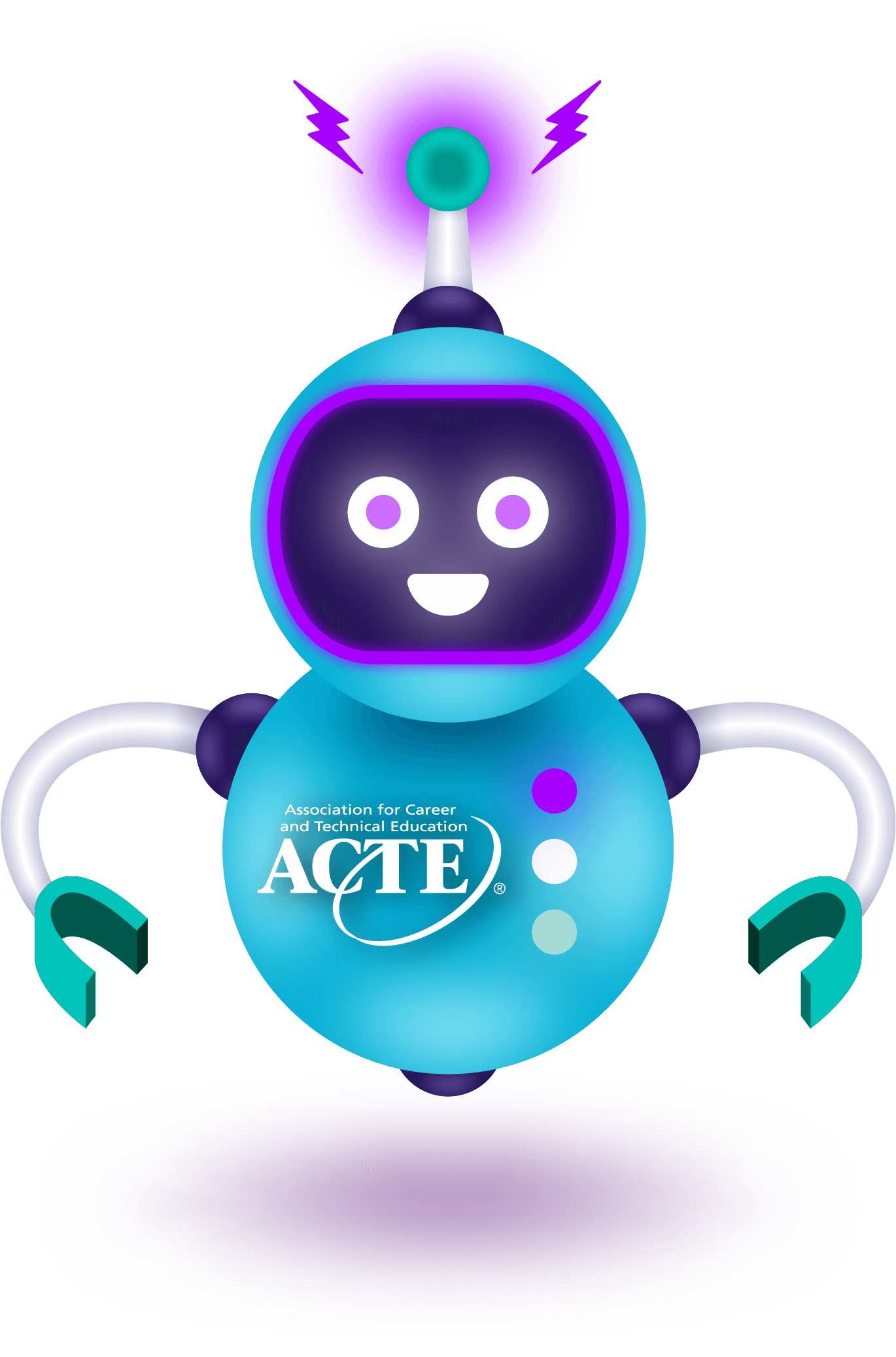


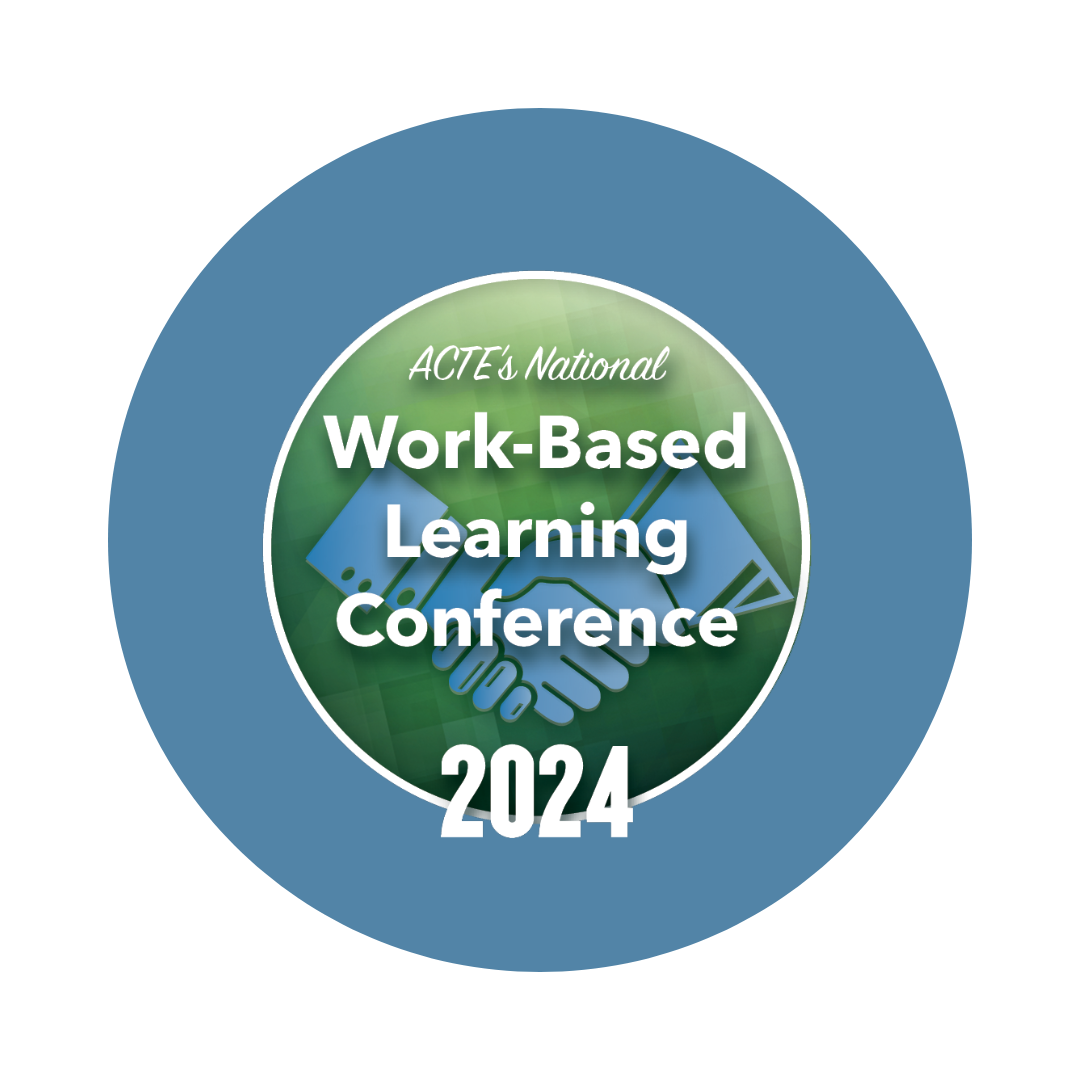
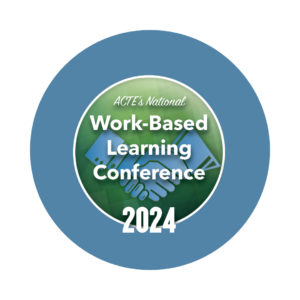 Attend ACTE’s Work-based Learning (WBL) Conference 2024! This annual event, which sold out last year, offers focused professional development for WBL professionals in secondary and postsecondary CTE programs and institutions.
Attend ACTE’s Work-based Learning (WBL) Conference 2024! This annual event, which sold out last year, offers focused professional development for WBL professionals in secondary and postsecondary CTE programs and institutions.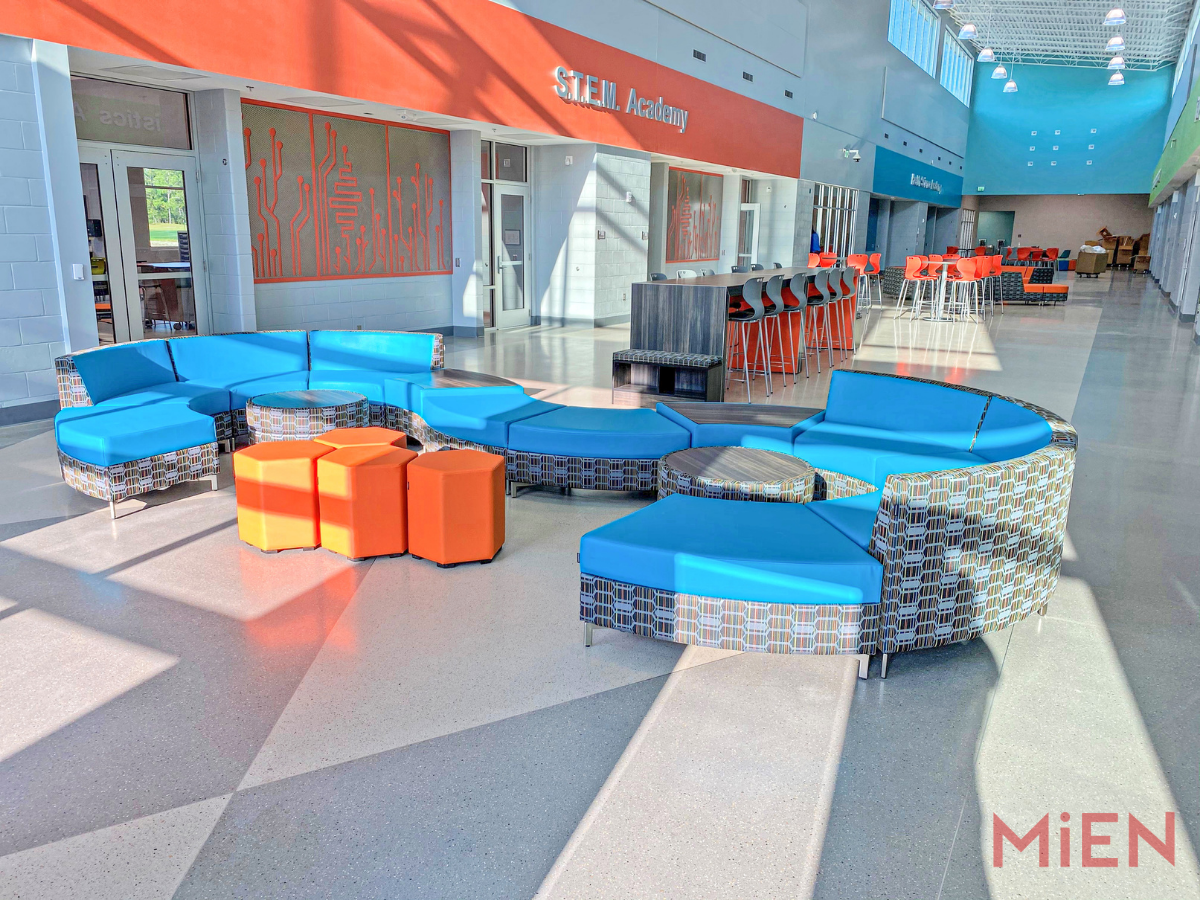
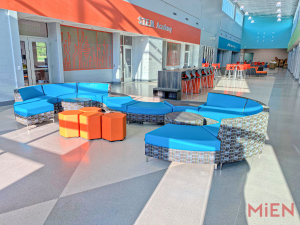 Jasper County Schools uses modern seating, vibrant color schemes and mobile furniture to create an engaging, productive learning environment that students love. A career and technical education (CTE) center lingered near the top of Jasper County’s to-do list for years. But it wasn’t until 2020 that all of the ideas came together to develop a brand-new facility for students.
Jasper County Schools uses modern seating, vibrant color schemes and mobile furniture to create an engaging, productive learning environment that students love. A career and technical education (CTE) center lingered near the top of Jasper County’s to-do list for years. But it wasn’t until 2020 that all of the ideas came together to develop a brand-new facility for students.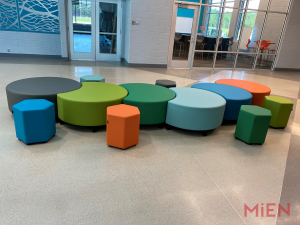
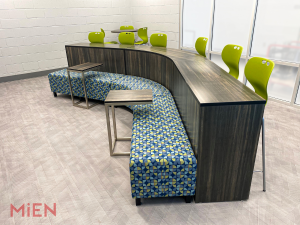

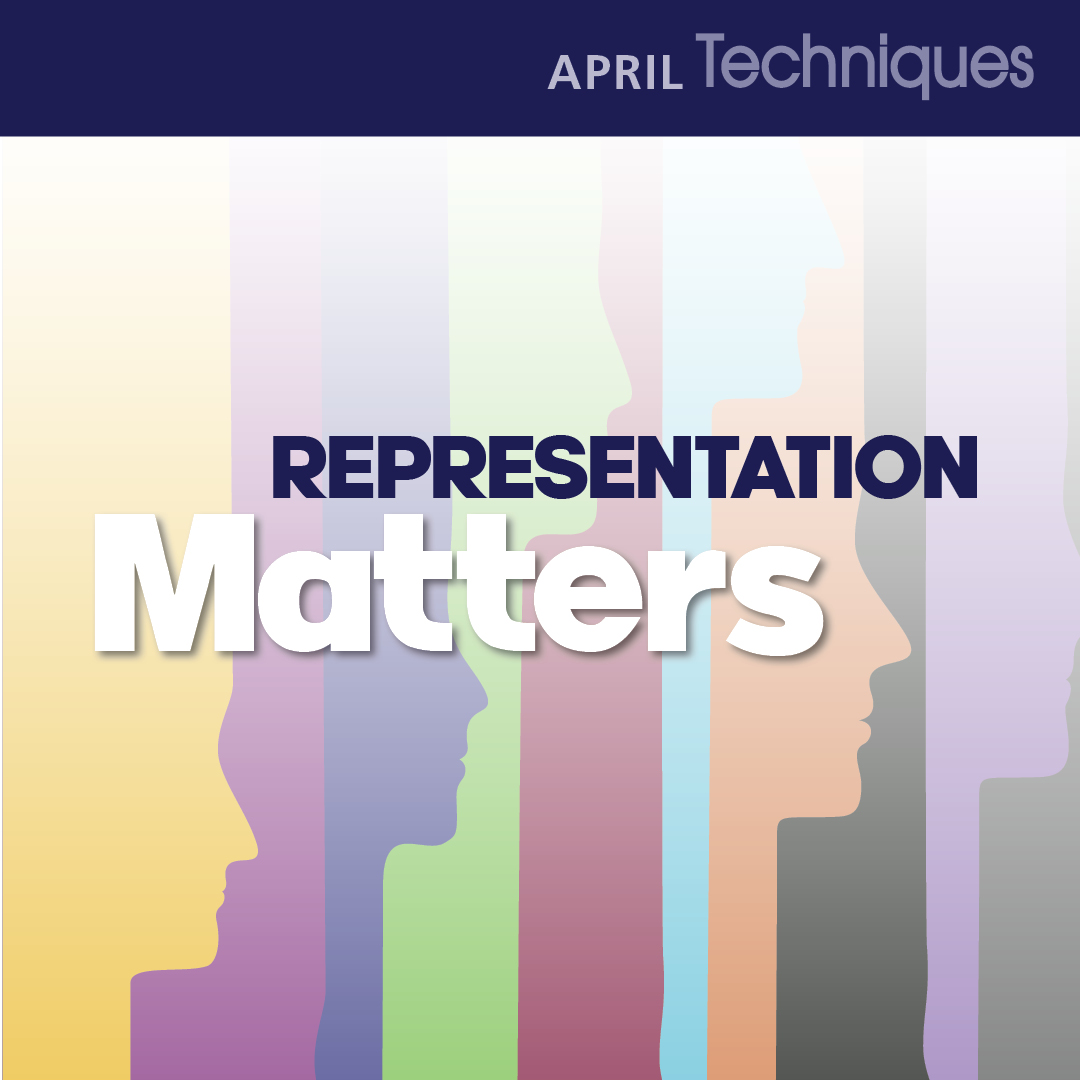
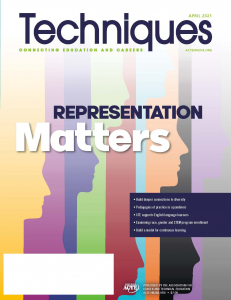



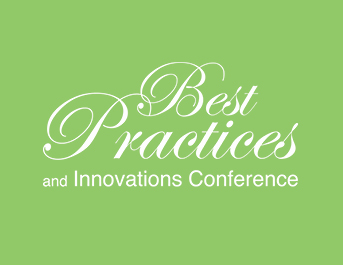



 Career and technical education (CTE) teachers innovate to engage students in hands-on learning, developing technical and employability skills — attempting to have some fun along the way. And over the last year, as COVID-19 changed everything, our teachers persisted. For that we honor them.
Career and technical education (CTE) teachers innovate to engage students in hands-on learning, developing technical and employability skills — attempting to have some fun along the way. And over the last year, as COVID-19 changed everything, our teachers persisted. For that we honor them. Meet
Meet 




